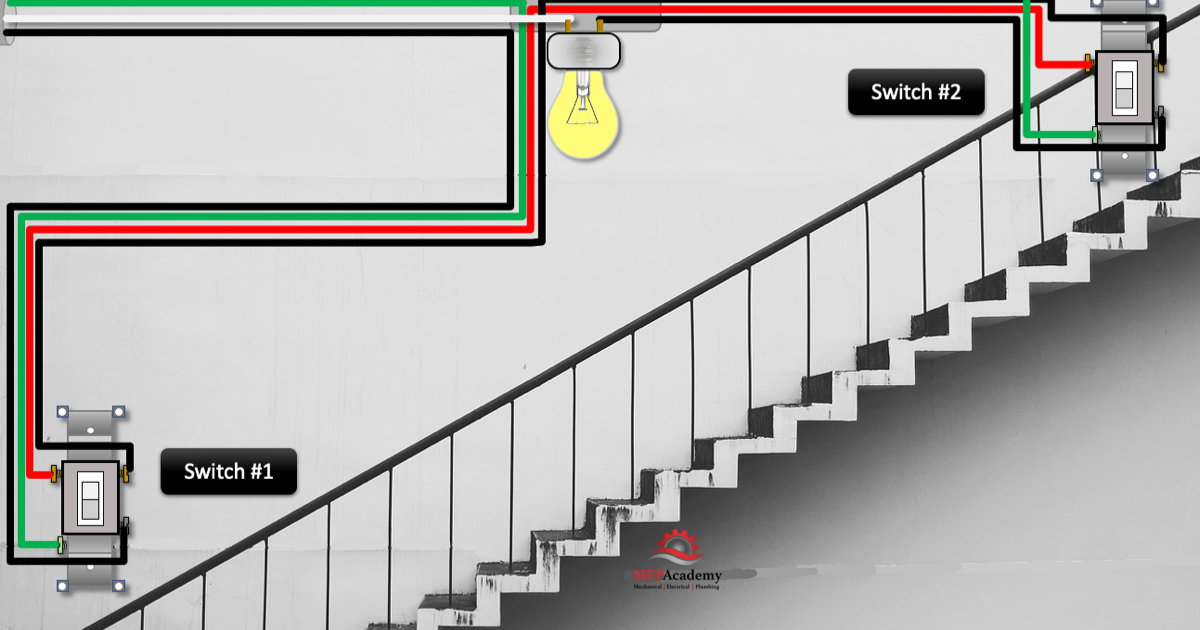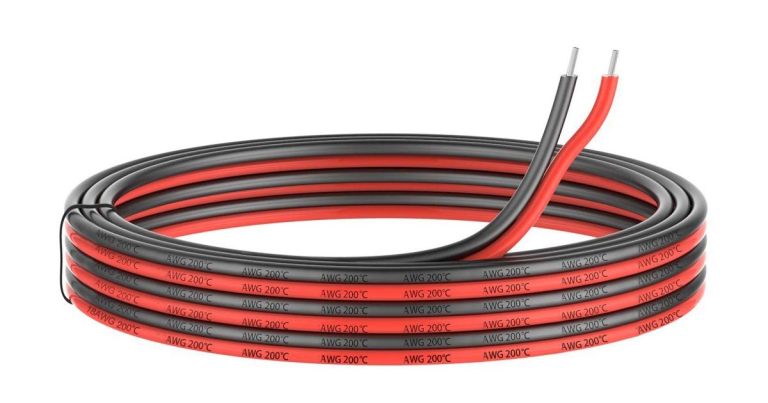If you’ve ever found yourself wondering how to control a light from two different locations, you’re not alone. The answer lies in a nifty electrical component known as a 3-way switch. In this blog, we’ll explore what a 3-way switch is, how it works, and why it’s such a useful addition to any home. Let’s dive in!
Understanding The Basics
A 3-way switch is a type of electrical switch that allows you to control a single light or set of lights from two different locations. Unlike a standard switch, which can only turn a light on or off from one place, a 3-way switch offers more flexibility and convenience.
Imagine you have a long hallway or staircase. With a 3-way switch, you can install one switch at the top of the stairs and another at the bottom. This way, you can turn the lights on or off from either location, making it easier and safer to navigate your home.
How Does A 3-Way Switch Work?
The magic behind a 3-way switch lies in its wiring setup. Here’s a simple explanation of how it works:
- Three-Way Switch Components: A 3-way switch setup involves three main parts:
- Two 3-Way Switches: These are the switches you’ll find at either end of the circuit.
- A Light Fixture: This is the light or set of lights you want to control.
- Traveler Wires: These are the wires that connect the two switches and carry the electrical current.
- Switch Wiring: A 3-way switch has three terminals:
- Common Terminal: This is where the power source or the light fixture is connected.
- Traveler Terminals: These two terminals are connected to the traveler wires and allow current to flow between the switches.
When you flip one 3-way switch, it changes the path of the electrical current flowing through the traveler wires. This, in turn, turns the light on or off, depending on the position of the switch.
- Circuit Function: In simple terms, flipping one switch will either complete or break the circuit, depending on the current path. When you flip the second switch, it will reverse the state of the light, allowing you to control it from either location.
Benefits Of A 3-Way Switch
A 3-way switch offers several advantages:
- Convenience: The primary benefit of a 3-way switch is convenience. Instead of walking back and forth to control the light, you can easily switch it on or off from either location.
- Safety: For areas like staircases or long hallways, having a 3-way switch at each end can help prevent accidents. You can turn the light on before you start climbing the stairs and turn it off once you’re safely at the bottom.
- Energy Efficiency: Using a 3-way switch can help save energy. For example, if you’re going to bed and want to turn off a light from your bedroom, you can do so without needing to walk back to the hallway.
Installing A 3-Way Switch
If you’re interested in installing a 3-way switch, it’s important to follow the correct procedure to ensure everything works safely and efficiently. Here’s a basic overview:
- Turn Off Power: Before you start any electrical work, make sure to turn off the power at the circuit breaker. This is a crucial safety step.
- Remove Existing Switches: If you’re replacing existing switches, carefully remove them from their boxes. Note the wiring setup for reference.
- Install New Switches: Connect the wires to the new 3-way switches according to the manufacturer’s instructions. Typically, you’ll connect the common terminal to the power source or light fixture and the traveler wires to the traveler terminals.
- Wire Connections: Connect the traveler wires between the two switches. The wires should be connected to the traveler terminals on each switch.
- Secure and Test: Once all connections are made, secure the switches in their boxes and turn the power back on. Test the switches to ensure they are working correctly.
Troubleshooting Common Issues
If you encounter issues with your 3-way switch setup, here are a few common problems and solutions:
- Switches Don’t Work: If neither switch controls the light, check the wiring connections. Make sure all wires are securely connected and that the traveler wires are in the correct terminals.
- Light Flickers: Flickering lights can be caused by loose connections or faulty switches. Check the connections and ensure the switches are functioning properly.
- Switches Aren’t Responsive: If the switches don’t seem to respond as expected, verify that the power is turned on and that the switches are properly installed.
Conclusion
A 3-way switch is a simple yet powerful tool that enhances convenience and safety in your home. By understanding how it works and how to install it, you can easily manage your lighting from multiple locations. Whether you’re tackling a home improvement project or just curious about how electrical systems work, knowing about 3-way switches is a valuable piece of knowledge.







